2017-08-16
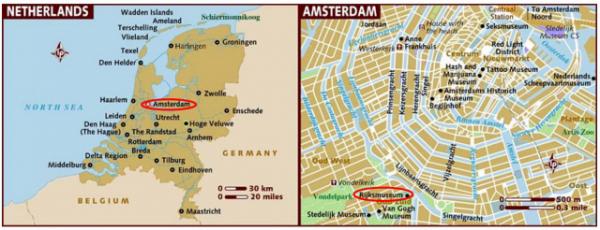
【Aiden in English】
Today marks our last day of the Viking pre-cruise. So far, the adventure has focused on the Netherlands, specifically the area around Amsterdam. While there is much to explore, Amsterdam sets up something more significant, and I think it is time to move on. But not before seeing the most popular Dutch Golden Age art piece at Rijksmuseum: The Night Watch. I'm not sure why the Night Watch received its name, but it does not involve watching the night sky. However, it could be a play on words about watching the Knights. Regardless, I am still skeptical of the Shooting Company's name. Whatever I think of the name, others don't seem to care, which resulted in a $500 million insurance deal. Our guide, Martin, masterfully guided us through the rows to the Night Watch, building suspense and support as he slowly revealed information about the Golden Age to us. This period began with the rise of the East India Trading Company in the 1500s-1700s. The massive increase in wealth also led to a surge in art, as many famous painters, including Rembrandt, were born during this time frame. This time frame also saw a change in the painting styles. From self-portraits and still life, the spotlight later focused on ordinary people. By the time Rembrandt made the Night Watch, paintings had changed dramatically. The Rijksmuseum, or the National Museum, where we were walking, presented an essential timeline of the Dutch Golden Age of art, highlighting the changes that occurred century after century. The layout was so ingenious that all the smaller yet beautiful art pieces were on the sides of an enormous gallery. The Night Watch was hung at the end of the hall to tease and motivate visitors to reach the end. Of course, you could always cheat and head straight for that painting, but we were on a guided tour. At last, after two hours of lecturing over the details of refined still lives, we reached the museum's highlight. Upon recently investing half a billion dollars into "insurance," the new Night Watch was safely protected under the watchful eyes of two guards who were about to fall asleep. Rembrandt mastered the technique of having those in the painting stare at the audience as if asking you to step in. It sometimes felt creepy in his paintings when twenty eyes stared at you, but the Night Watch balanced between creepiness and shyness. The scene mainly focused on two figures in the foreground, depicting men running through an arch. The people in the painting, actually in reality, paid large sums of money to be shown. And most were pissed off when Rembrandt only showed give-or-take ten people's faces clearly (including his own). The artwork seemed almost comical, like a Hollywood film of victory, except that no one knew what they were doing. But after seeing the central figure's expression of stone seriousness, I didn't laugh. It could be one of the most famous paintings I've seen, considering it greatly surpassed the Aiden inspection. I felt like I could sit there and watch for two hours... with food and a movie. Although I'm still not sure why it's called the Night Watch, it is something that I would want to watch. 【红霞译】
今个儿是上船前最后一天出游,截止到目前为止,我们整个行踪全部锁定在荷兰境内,更具体地说集中在阿姆斯特丹“喜力河坝”地区,尽管投注的精力越大,发掘的东西也就越多,但我觉得到了该翻篇的时候啦,不过临行之际先要前往国家博物馆欣赏一幅荷兰黄金时代艺术杰作:《夜巡》。
我不清楚《夜巡》何以得名,但绝对与仰望夜空毫不搭尕,没准与台词相关,牵扯涉及到骑士题材的作品。无论如何,我还是疑惑为射手队绘画而起的名字,甭管我怎么惦记,别人也许根本不在乎,结果反倒不如先投保五亿美元金额再说。
导游马丁以其娴熟的技能带我们穿越重重人海来到《夜巡》画前,一边慢慢向我们灌输黄金时代相关信息,一边引出悬念与依据。16─18世纪正值荷兰东印度贸易公司生意兴隆,财富的大幅增长势必促进艺术发展,因此许多像伦勃朗这样的著名画家便应运而生。
这段时期的画风也随之大有改观,绘画焦点已从自画像静物画转移到老百姓身上,此时伦勃朗的肖像画《夜巡》横空问世,给绘画艺术带来了翻天覆地的变化。我们正在浏览的阿姆斯特丹国家博物馆收藏了过去几百年间荷兰黄金时代最重要的艺术瑰宝,其画廊布局极其巧妙,大厅两侧都是画幅较小但画技精湛的传世佳作;《夜巡》悬挂在展厅尽端,成心刺激游人坚持到底,当然你大可巧取捷径直奔画前,而我们则受制于导游安排。 经过两个小时现场优美静物教育,我们终于来到博物馆最诱人的地方,因为近来刚刚买下五亿“保险”金额,新的《夜巡》正在两名睡眼惺忪的保安监视下受到安全保护。伦勃朗擅长把画中人物目光投向观众,好像邀你加入到他们的行列。显然,当廿只眼睛一齐盯住你,有时心里难免发毛,但《夜巡》把胆怯与害羞拿捏得恰到好处。这幅画主要表现前面两位人物,描绘的是男士们穿过拱门,所有人物全都有名有姓,为了能在《夜巡》上露脸,他们不惜豪掷巨资;伦勃朗只画了其中十位(包括画家本人)。我认为艺术品看似滑稽可笑,如同好莱坞电影呼声很高的电影,只是没人知道他们在干些什么,不过当看过主要人物表情严肃的样子之后,我笑不出来。
《夜巡》可能是本人看到的最为有名的作品之一,大大超越儿歌评判水准,恐怕我能坐在那里再盯上个把钟头……加上边吃边看电影。尽管我还弄不明白为何称作《夜巡》,但它毕竟是自己想要看的东西。 Today in History(历史上的今天): 2017: Amsterdam the Mokum, Netherlands(荷兰阿姆斯特丹—避风港) 2017: Amsterdam—Venice of the North, NLD(荷兰阿姆斯特丹—北方的威尼斯) 2017: Amsterdam—Jerusalem of the North(荷兰阿姆斯特丹—北方的耶路撒冷) 2014: St. Stan's Summer Festival(圣斯坦夏季狂欢节) 2010: 魔鬼变奏曲(Monster Variation)
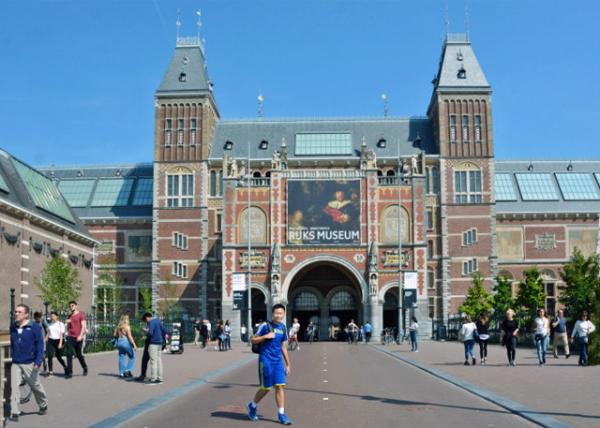 Façade of Rijksmuseum (国家博物馆·外观 08-14-2017) Façade of Rijksmuseum (国家博物馆·外观 08-14-2017)
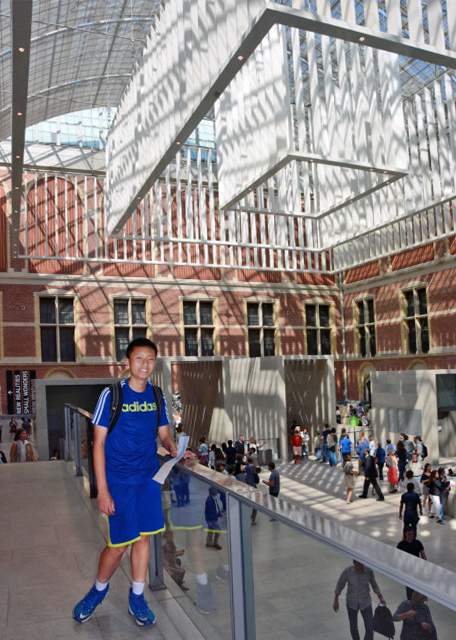
Atrium (中厅 08-14-2017) 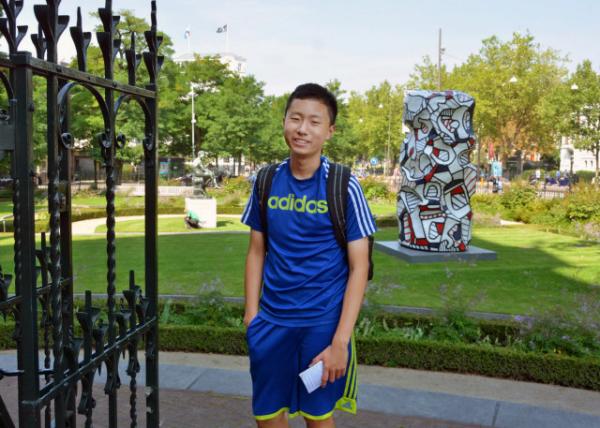 Courtyard (庭院 08-14-2017) Courtyard (庭院 08-14-2017)
 Stairway of Great Hall (大厅·楼梯) Stairway of Great Hall (大厅·楼梯)
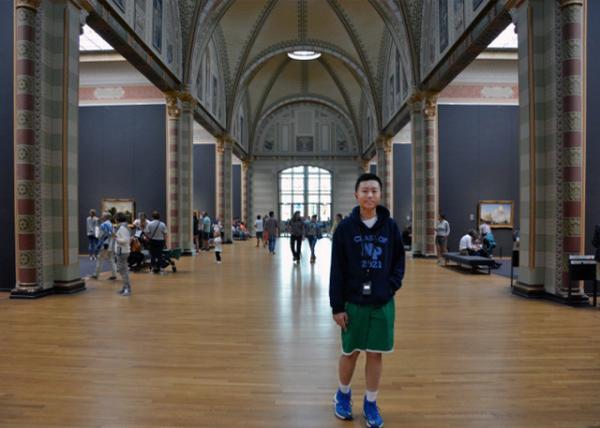 Gallery of Honor (荣誉画廊 08-14-2017) Gallery of Honor (荣誉画廊 08-14-2017)
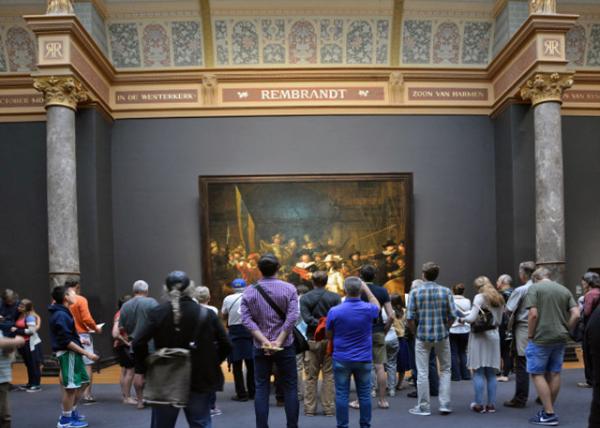 Exhibition Hall of the Night Watch (《夜巡》展厅) Exhibition Hall of the Night Watch (《夜巡》展厅)
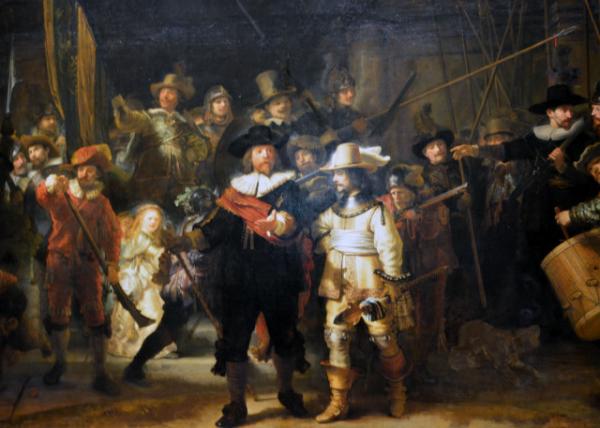 Rembrandt Harmensz van Rijn The Night Watch Rembrandt Harmensz van Rijn The Night Watch
(伦勃朗·哈尔曼松·莱因《夜巡》)
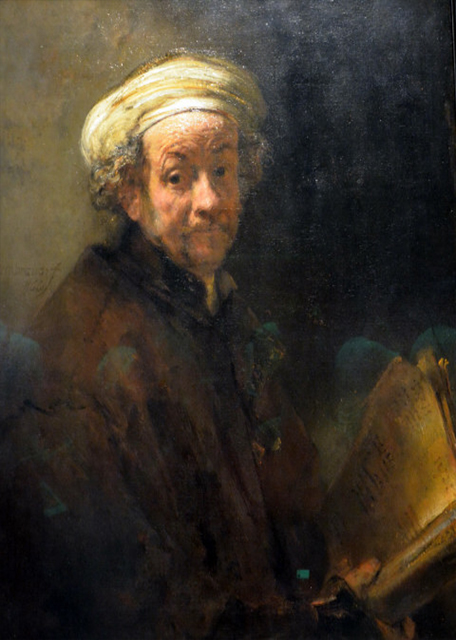
Rembrandt Self-portrait as the Apostle Paul in 1661 (伦勃朗《使徒保罗的自画像》1661年创作) 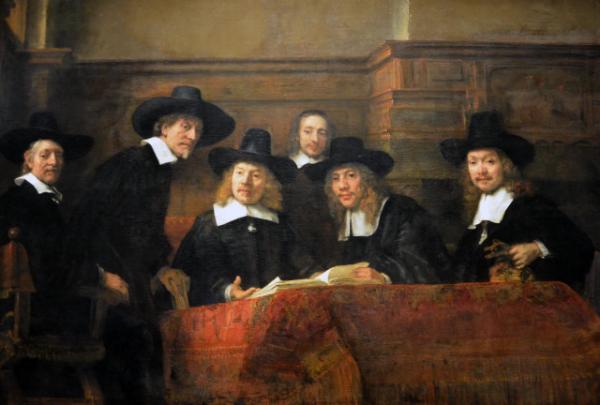
Rembrandt Syndics of the Drapers' Guild (伦勃朗《阿姆斯特丹布商行会的理事们》) 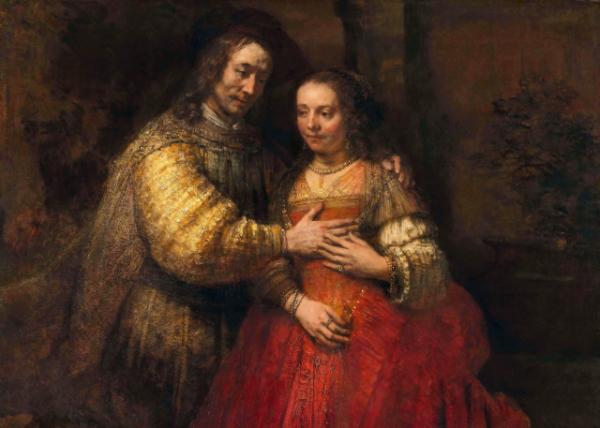
Rembrandt The Jewish Bride in 1665-1669 (伦勃朗《犹太新娘》1665—69年间创作) 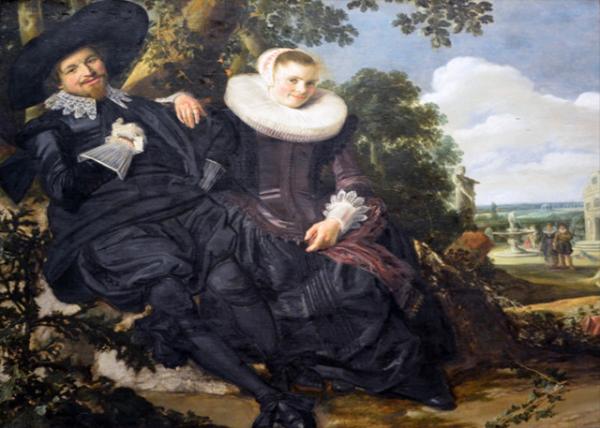 Frans Hals Married Couple in a Garden in 1622 Frans Hals Married Couple in a Garden in 1622
(弗兰斯·哈尔斯《花园里的结婚画像》1622年创作) 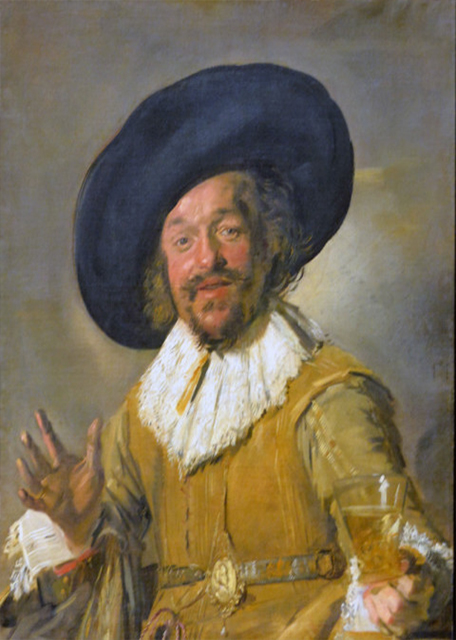
Frans Hals Merry Drinker in 1628-1630 (弗兰斯·哈尔斯《快乐的酒鬼》1628—30年间创作) 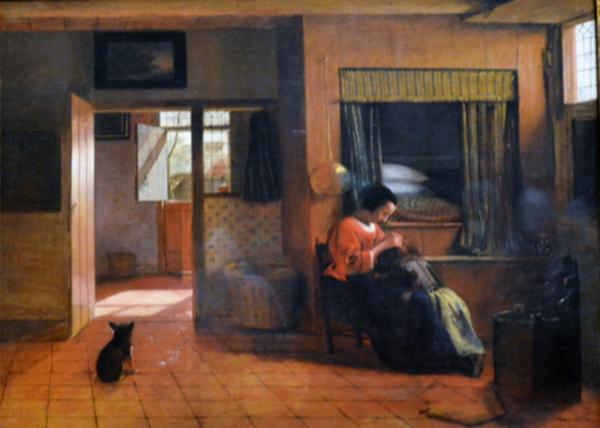 Pieter de Hooch A Mother's Duty in 1658-1660 Pieter de Hooch A Mother's Duty in 1658-1660
(弗兰斯·哈尔斯《母亲的职责》1658—60年间创作) 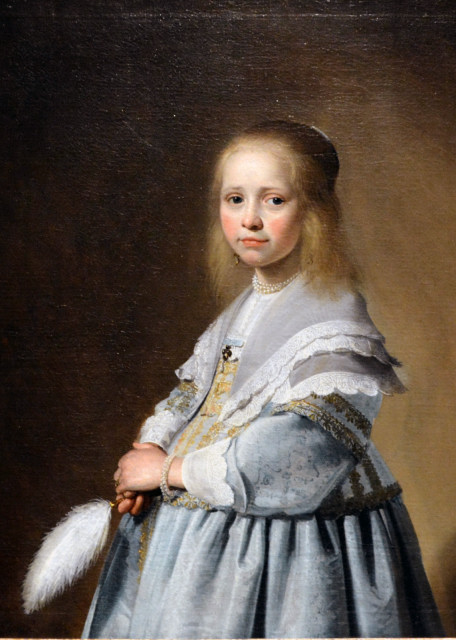
Johannes Cornelisz Verspronck Girl in a Blue Dress in 1641 (约翰尼斯·科尼利斯·韦斯普朗克《蓝衣少女》1641年创作) 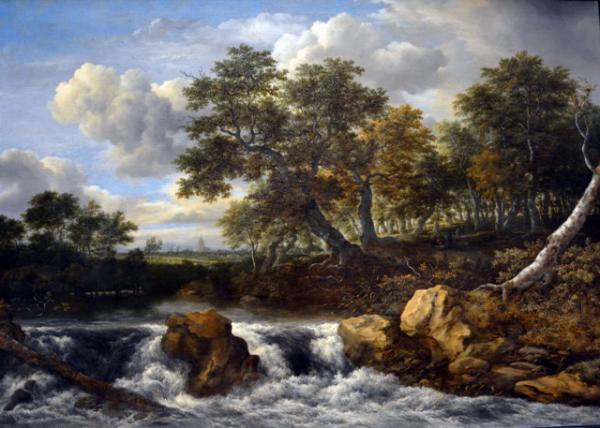 Jacob van Ruisdael Landscape with Waterfall in the 1660s Jacob van Ruisdael Landscape with Waterfall in the 1660s
(雅各布·雷斯达尔《瀑布景观》1660年代创作) 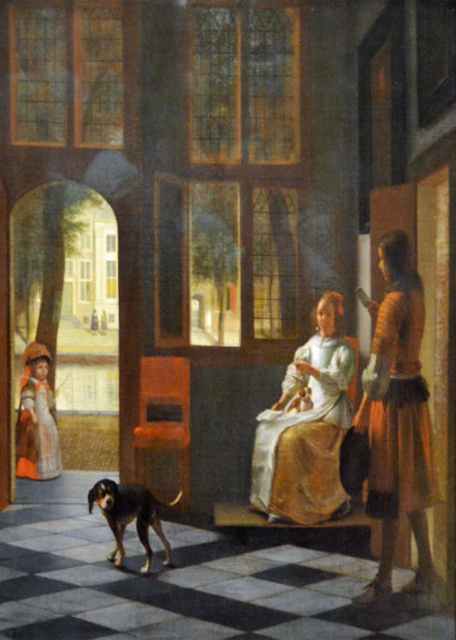
Pieter de Hooch Man Handing a Letter to a Woman in the Entrance Hall of a House in 1670 (彼得·霍赫《门厅里的男子将信交给一名女子》1670年创作)
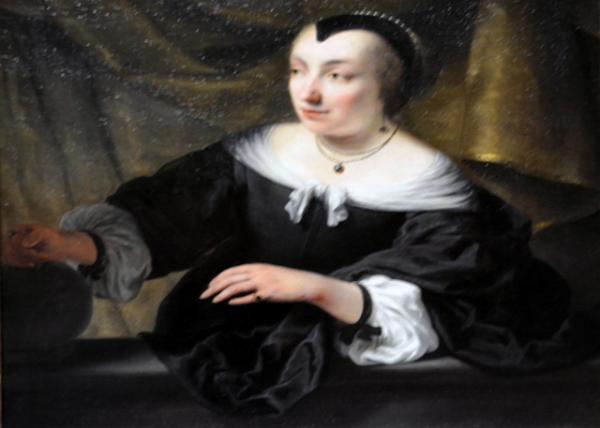 Ferdinand Bol Portrait of Elisabeth Dell in 1653 Ferdinand Bol Portrait of Elisabeth Dell in 1653
(费迪南德·波尔《伊丽莎白·戴尔肖像》1653年创作)
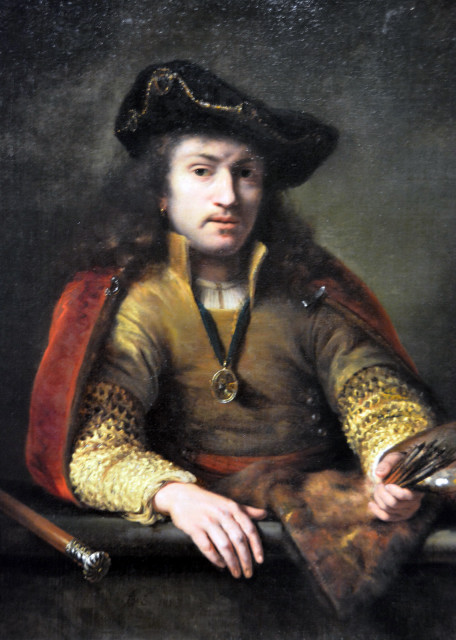
Ferdinand Bol Self-portrait in 1653 (费迪南德·波尔《自画像》1653年创作) 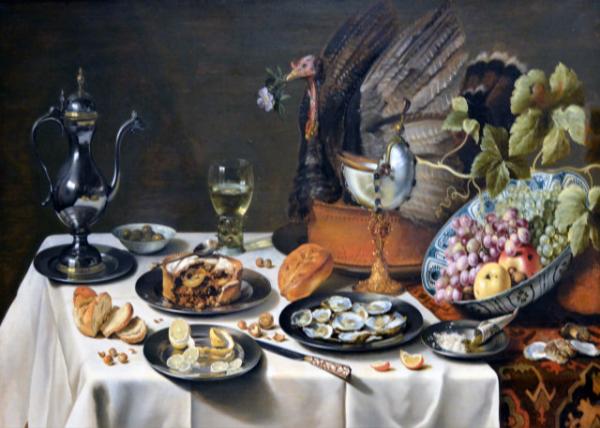 Pieter Claesz Still Life w/ a Turkey Pie in 1627 Pieter Claesz Still Life w/ a Turkey Pie in 1627
(彼得.克拉斯《静物·火鸡馅饼》1627年创作) 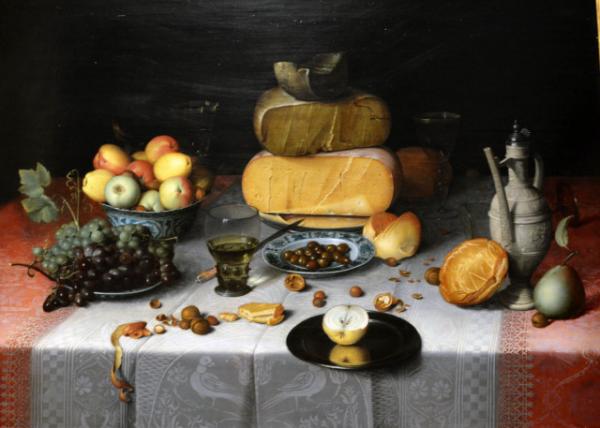 Floris Claesz van Dijck Still Life w/ Cheese in 1615 Floris Claesz van Dijck Still Life w/ Cheese in 1615
(弗洛里斯·克拉斯·迪克《静物·奶酪》1615年创作) 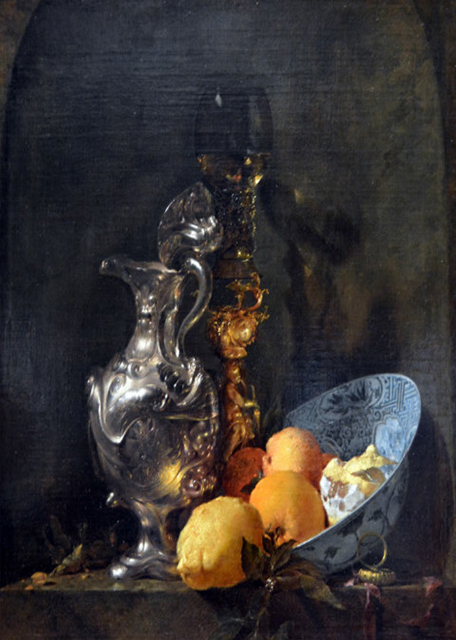
Willem Kalf Still Life w/ Silver Ewer in 1655-1660 (威廉·卡尔夫《静物·银壶》1655—60年间创作) 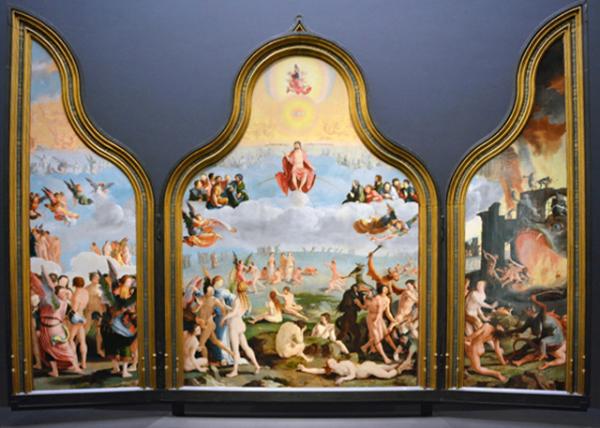 Lucas van Leyden The Last Judgment in 1527 Lucas van Leyden The Last Judgment in 1527
(卢卡斯·莱《最后的审判》1527年创作) 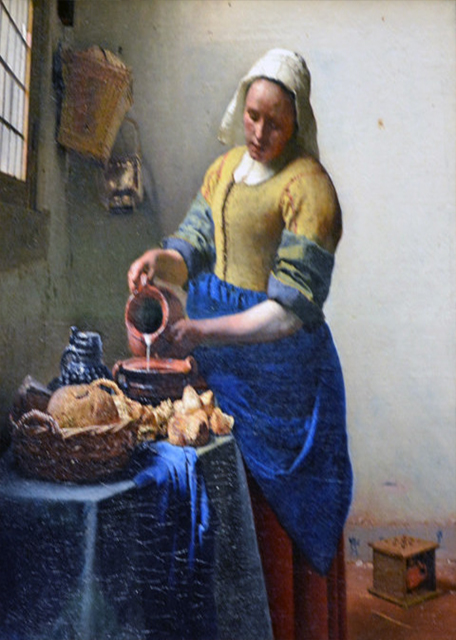
Johannes Vermeer The Milkmaid in 1660 (约翰尼斯·维米尔《倒牛奶的女佣》1660年创作)
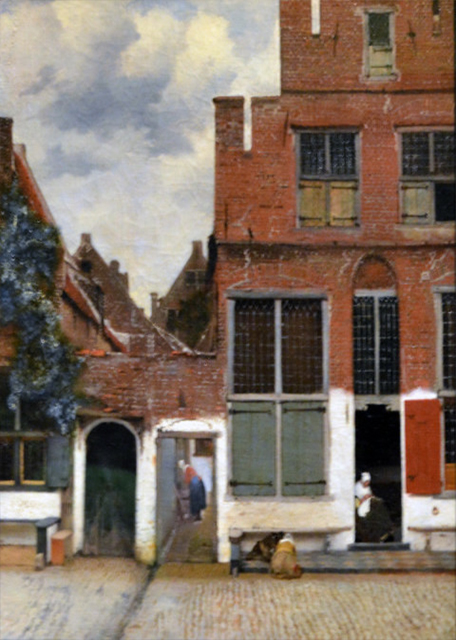
Johannes Vermeer The Little Street in 1660-1661 (约翰尼斯·维米尔《小街》1660—61年间创作) 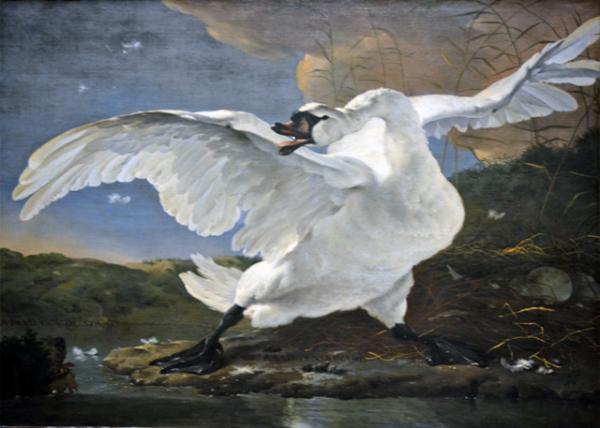 Jan Asselijn The Threatened Swan in 1650 Jan Asselijn The Threatened Swan in 1650
(扬·阿瑟林《受到威胁的天鹅》1650年创作) 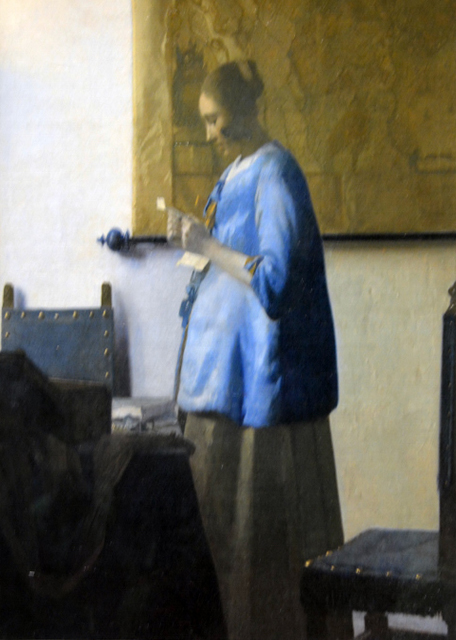
Johannes Vermeer Woman Reading a Letter in 1663 (约翰尼斯·维米尔《读信女子》1663年创作) 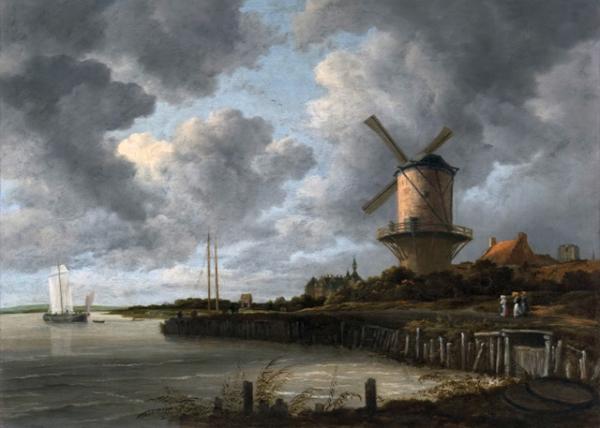 Jacob Isaacksz van Ruisdael The Windmill @ Wijk bij Duurstede 1668-1670 Jacob Isaacksz van Ruisdael The Windmill @ Wijk bij Duurstede 1668-1670
(雅各布·伊萨克斯·鲁伊斯达尔《杜尔斯提德维克的风车》1668—70年间创作)
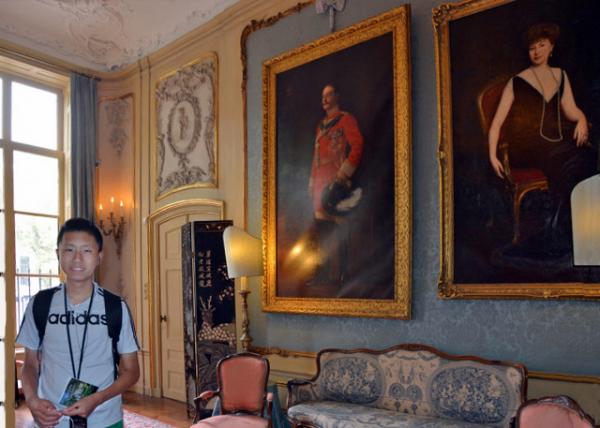 Blue Drawing Rm @ Museum Van Loon Blue Drawing Rm @ Museum Van Loon
(范隆博物馆·蓝色画室 08-14-2017) 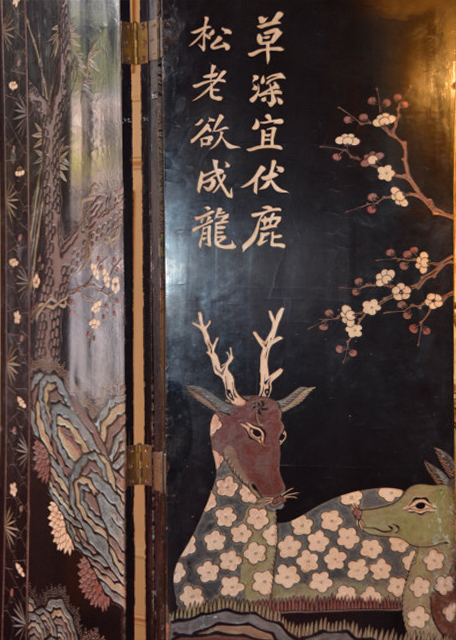
The Screen @ Museum Van Loon (范隆博物馆·屏风“草深宜扶鹿, 松老欲成龙”) Crosslinks(相关博文): 2017: Haarlem the Master of Darkness, NLD(荷兰哈勒姆─黑色圣地) 2017: Amsterdam─Van Gogh Museum, NLD(荷兰阿姆斯特丹─梵高博物馆) Netherlands(出游荷兰)
Europe(欧洲掠影) 8th Grade(初中三年级) |
